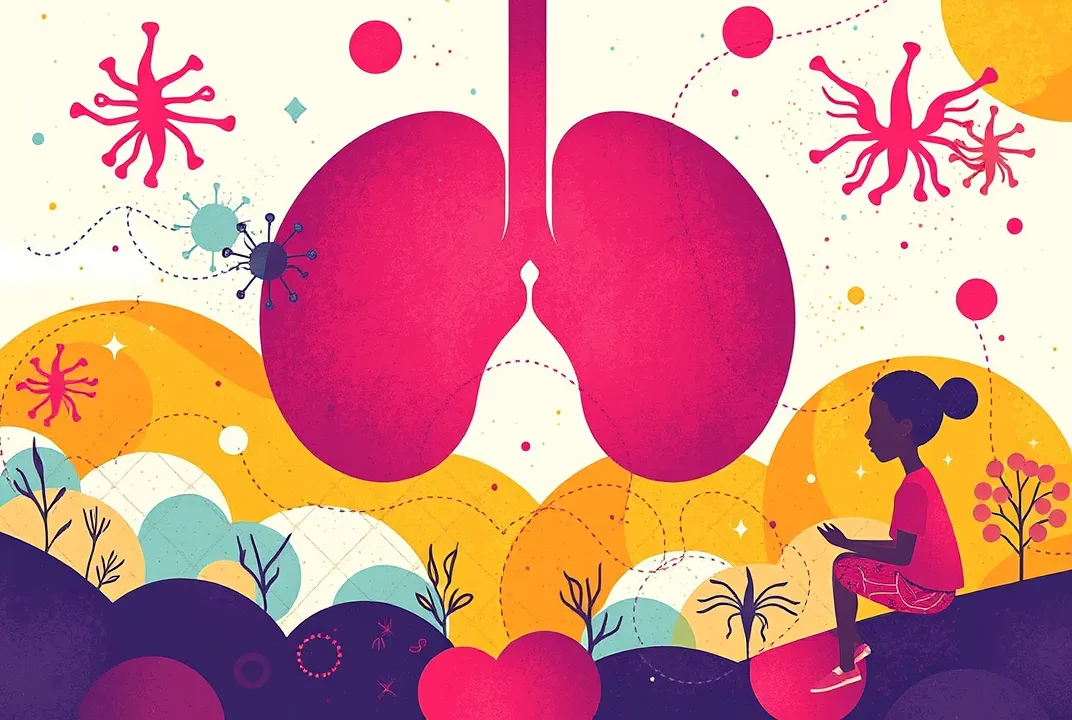Understanding Tuberculosis: A Persistent Challenge
Tuberculosis (TB) has been a formidable adversary in public health for centuries. Despite the advent of antibiotics and advanced treatment protocols, TB continues to affect millions globally. With about 10 million new cases reported in 2021 alone and over 1.5 million deaths attributed to the disease, the urgency to find effective treatments remains. However, recent advancements are breaking the silence around TB treatment, providing hope for a brighter future.
The Historical Context of Tuberculosis Treatment
The battle against TB is not new. Historically, the disease was often viewed as a death sentence, with patients sent to sanatoria for fresh air and rest. The introduction of antibiotics in the mid-20th century, particularly rifampicin and isoniazid, revolutionized TB treatment. Yet, as drug-resistant strains emerged, the fight against TB became increasingly complex. Today, we face challenges such as multidrug-resistant TB (MDR-TB) and extensively drug-resistant TB (XDR-TB). This necessitates constant innovation in treatment approaches.
Recent Advances in TB Treatment
New Drug Formulations
Recent years have seen the development of new drug formulations aimed at shortening treatment durations and improving efficacy. One notable advancement is the introduction of BPaL (Bedaquiline, Pretomanid, and Linezolid), a regimen designed for patients with drug-resistant TB. Clinical trials have demonstrated its efficacy, showing a cure rate of over 90% in some cases, compared to the traditional two-year treatment that many MDR-TB patients endure.
Shorter Treatment Regimens
A major breakthrough is the emergence of shorter treatment regimens. Traditional TB treatment could last from six months to two years, a daunting prospect for many patients. New treatments have been developed that condense this timeframe to as little as four months. The Phase III trial called TB-PRACTECAL has shown promising results, indicating that a four-month regimen can be just as effective for certain drug-sensitive TB cases.
Enhanced Diagnostics
Effective treatment begins with accurate diagnosis. The development of rapid molecular tests has significantly improved the detection of TB and its drug-resistant forms. Technologies such as the GeneXpert MTB/RIF assay allow for quick diagnosis within hours, facilitating timely treatment initiation. This is critically important, as early intervention can dramatically reduce transmission and improve outcomes.
Personalized Medicine Approaches
Advancements in genomics are ushering in an era of personalized medicine in TB treatment. By analyzing the genetic makeup of the TB bacteria in a patient, healthcare providers can tailor treatment plans that are more effective for that individual's specific strain of TB. This approach not only maximizes the chances of a cure but also helps to combat resistance.
Global Collaboration and Initiatives
WHO's End TB Strategy
The World Health Organization (WHO) has set ambitious targets to end the global TB epidemic by 2030. Their End TB Strategy emphasizes the importance of integrating TB care within primary health services, ensuring that treatment is accessible to all, particularly in low-income countries where the burden is highest.
Global Fund Initiatives
The Global Fund to Fight AIDS, Tuberculosis and Malaria has been instrumental in funding TB programs worldwide. Their recent focus on innovative approaches to treatment and diagnostics has led to successful interventions in many high-burden countries, showcasing how collaboration can yield significant results.
Personal Stories: The Human Impact of TB Advances
A Survivor's Journey
Consider the story of Maria, a young woman from Peru. After seeking treatment for a persistent cough, she was diagnosed with MDR-TB. Faced with a treatment regime that would stretch over two years, Maria felt hopeless. However, thanks to the introduction of the BPaL regimen, she was able to complete her treatment in just six months. Today, she advocates for TB awareness in her community, embodying the difference that advancements in treatment can make.
Community Health Workers
Community health workers play a vital role in bridging the gap in TB care, especially in rural areas. Their efforts in educating communities about TB prevention and treatment options have proven invaluable. Stories of recovery and resilience, like that of Maria, inspire others to seek help and adhere to their treatment regimens.
Challenges Ahead
Despite these advancements, significant hurdles remain in the fight against TB. Stigma surrounding the disease often prevents individuals from seeking timely care. Moreover, healthcare disparities in low-income regions pose a challenge to the equitable distribution of new treatments. Addressing these issues requires sustained commitment and investment from governments, NGOs, and the global health community.
Conclusion: A Call to Action
The latest advances in tuberculosis treatment offer a glimmer of hope in a longstanding battle against a stubborn disease. As we unveil these innovations, it is imperative to continue advocating for research, funding, and public awareness. The stories of survivors like Maria serve as powerful reminders of what is possible through perseverance and collaboration. Together, we can break the silence surrounding tuberculosis and pave the way for a future free from this preventable and treatable disease. The journey is far from over, but with continued effort and innovation, we can look forward to a world where tuberculosis is no longer a threat.

